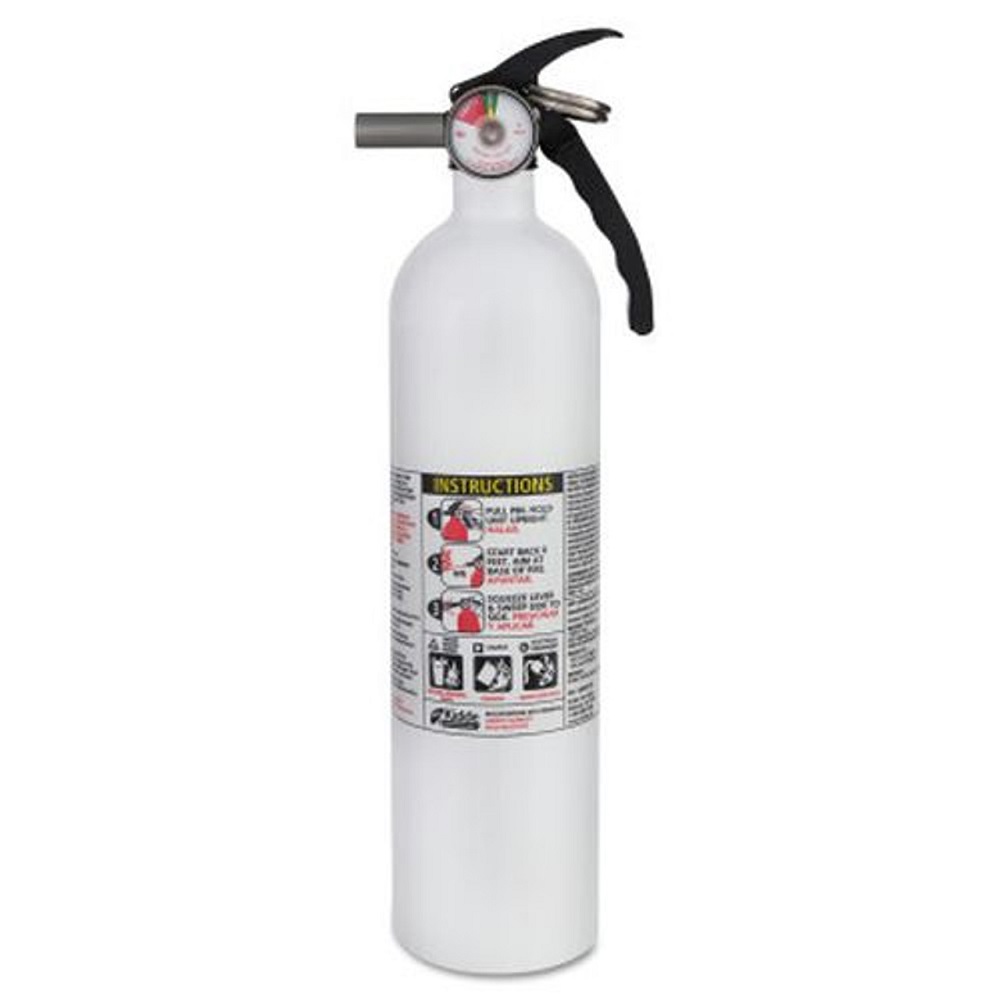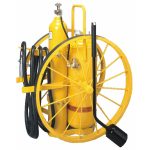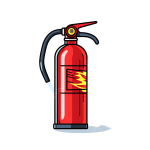Overview of OSHA Fire Extinguisher Requirements
The Occupational Safety and Health Administration (OSHA) has clear rules for fire extinguishers. These rules make sure that extinguishers are ready and work well during fires. Employers must follow these rules to keep the workplace safe. Here, we look at key OSHA fire extinguisher requirements.
First, employers must choose the right types of extinguishers for different fires. OSHA labels fires from Class A to K, and each type needs its own extinguisher. Next, extinguishers must be placed where they are easy to get to. They should not be blocked and must be near fire risks. The distance rules are set depending on the fire class.
OSHA also requires looking after extinguishers well. Monthly visual checks, yearly maintenance, and regular testing are all important. This makes sure they work right when needed. Finally, training employees is a must. They need to know how to use extinguishers safely and effectively. Training should cover when to fight a fire and how to use the PASS method.
Following these OSHA rules helps to keep everyone in the workplace safe in case of a fire. It’s not just about meeting standards; it’s about protecting lives and property.
Types and Purposes of Fire Extinguishers
OSHA mandates various fire extinguishers for different fire classes. Each class has its specifics and requires extinguishers made to tackle them accurately. Let’s overview the types and how they serve different emergency scenarios in the workplace.
Class A Fire Extinguishers: Combatting Common Combustibles
Class A units are for common materials like wood, paper, and cloth. These are typical in most office spaces and require water-based or dry chemical extinguishers. They help control fires by cooling burning material below its ignition point.
Class B and C Fire Extinguishers: Addressing Flammable Liquids and Electrical Fires
Class B extinguishers target flammable liquids such as gasoline, oil, and paint. They work by cutting off the fire’s oxygen supply or by interfering with the chemical reaction. Class C extinguishers are designed for electrical fires, caused by equipment like computers, power tools, or faulty wiring. They use non-conductive substances to ensure safety during use.
Class D and K Fire Extinguishers: Specialized Solutions for Metals and Kitchens
Class D extinguishers are rare in general workplaces. They are specific for combustible metals like magnesium or titanium, often found in specialized manufacturing or scientific labs. For commercial kitchens, Class K extinguishers are essential. They deal with high-temperature cooking oil and grease fires by saponification, which turns the oils into a non-flammable soap-like substance.
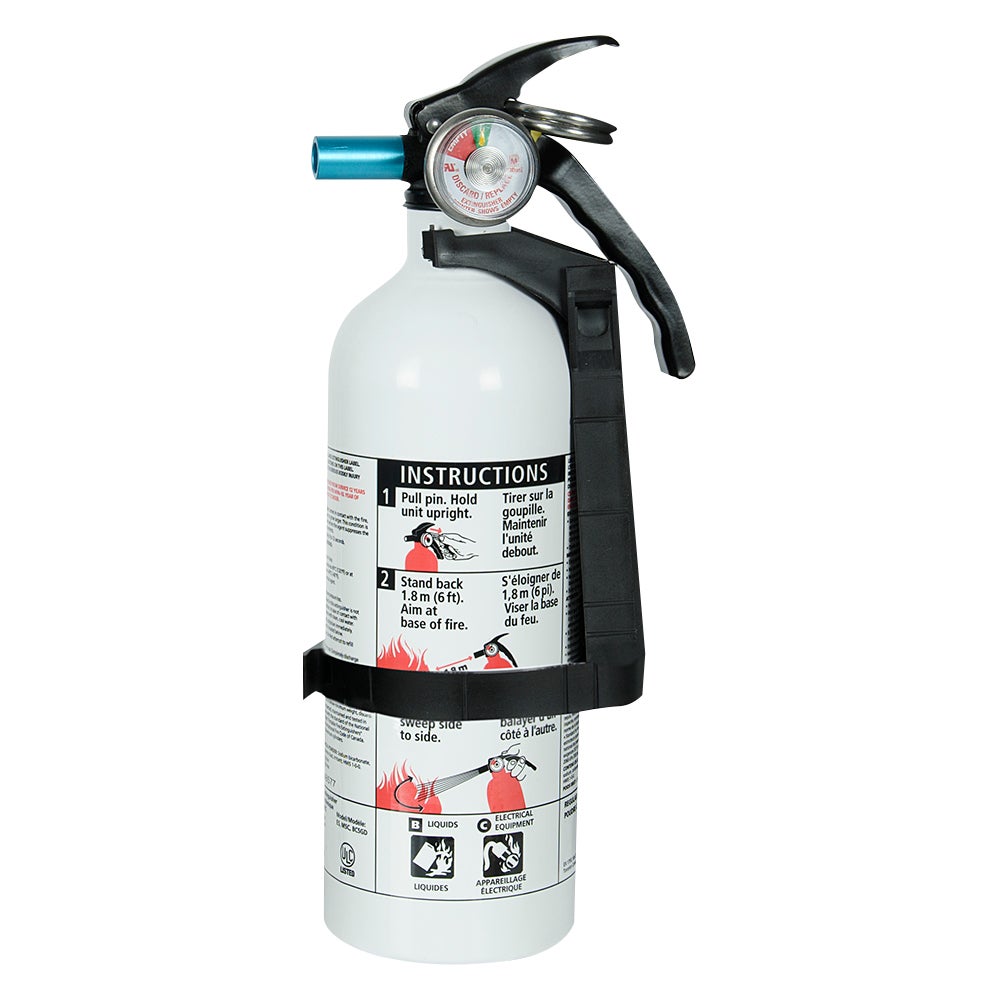
Proper Placement and Accessibility of Fire Exhibitors
Making sure fire extinguishers are well-placed is key to safety. OSHA guidelines help with this important task. They tell us where and how extinguishers should be put in the workplace.
Strategic Placement Along Escape Routes
Extinguishers must be near escape routes for easy access. OSHA insists they are along paths people often use, near exits especially. Their rules state that no one should travel more than 75 feet for a Class A fire extinguisher. For Class B risks, this distance shortens to 50 feet. Keeping extinguishers close reduces the chance a small fire gets bigger.
Accessibility and Visibility in the Workplace
Extinguishers need to be visible and easy to reach at all times. They should not be blocked by equipment or locked up. Signs or labels can help show where they are. Employers must check paths to them are clear. Regular checks ensure they are in the right spot and ready to use if a fire starts.
Regular Inspection, Maintenance, and Testing Protocols
To keep fire extinguishers in top shape, regular protocols are a must. OSHA requires a schedule of inspections and tests. We’ll walk through what the law expects for workplace extinguishers.
Monthly Visual Inspections for Immediate Readiness
Employers should visually check extinguishers every month. Look for any signs of tampering or damage. Ensure they are in the right place and that their paths are clear. Confirm the pressure gauge shows a full charge for readiness.
Annual Maintenance Checks by Certified Technicians
Every year, a deep check is necessary. A certified professional should do this. They look over the whole extinguisher. The goal is to find any problems that could prevent it from working. This includes a review of the extinguisher’s mechanical parts and the substances inside.
Testing Intervals and Hydrostatic Testing Compliance
OSHA sets testing intervals for extinguishers. They should not exceed what the maker suggests. A detailed test happens every six years for pressure devices. Every twelve years, a hydrostatic test ensures the shell and parts can handle the pressure. This test is a hardcore check of the extinguisher’s strength. It must not fail when it matters most.
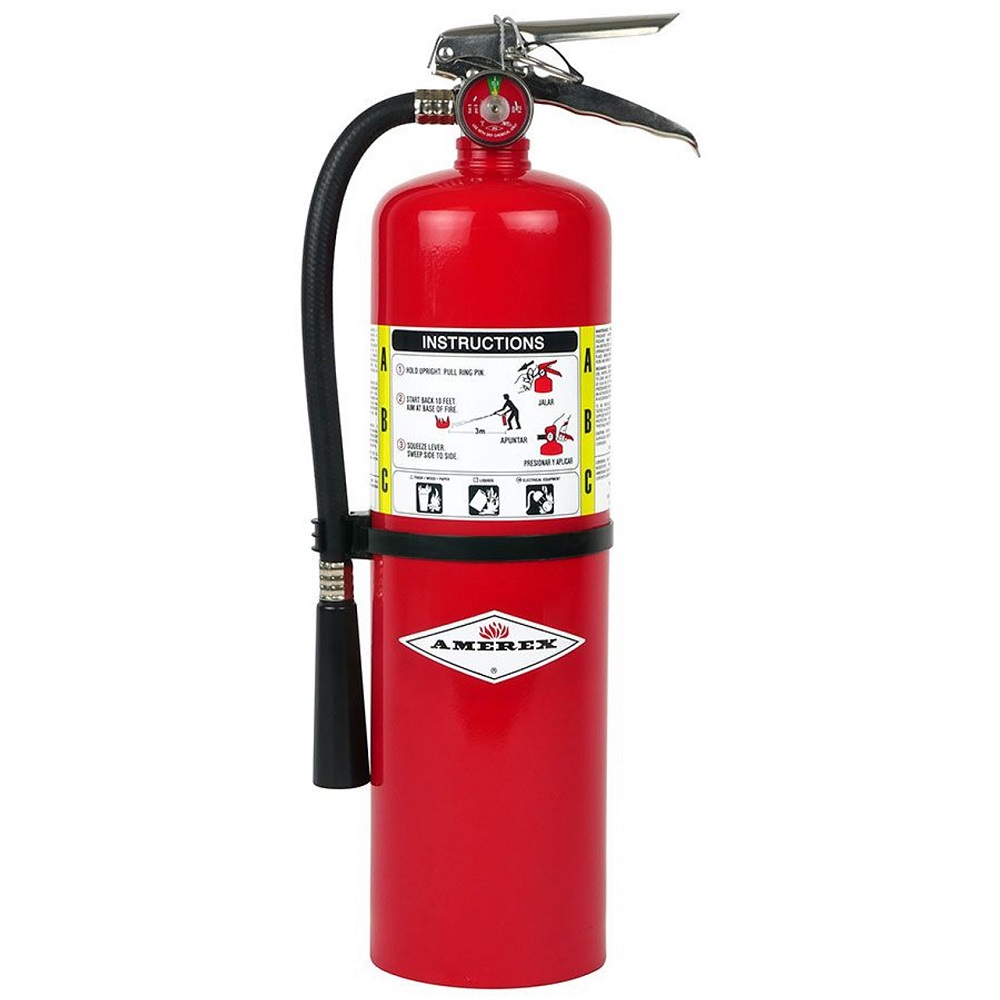
Employee Training on Fire Extinguisher Use
Proper training on fire extinguisher use is vital. Employees should learn how to handle fire safely. OSHA makes it a rule for workplaces to train their staff. This ensures everyone knows what to do in an emergency. Training covers the types of fires and right extinguisher use. It should happen when someone starts work and each year after.
Understanding When and How to Use Fire Extinguishers
Knowing when and how to use an extinguisher is key. Trainees learn to judge fire size and risk. They also learn which extinguisher fits different fire classes. The goal is to make sure they use the extinguisher right and stay safe. Training helps staff decide when it’s better to evacuate than fight the fire.
PASS Technique: Practical Hands-on Training
The PASS technique is a simple way to remember extinguisher use. It stands for Pull, Aim, Squeeze, and Sweep. Training should include hands-on practice. This can be through real use or simulations. This makes sure staff can act fast and right during an actual fire. OSHA advises that practical training like this can save lives.
Commitment to Safety and Compliance
Maintaining a safe work environment is crucial. OSHA fire extinguisher requirements guide us in this commitment. By choosing the right fire extinguishers and placing them correctly, risks reduce. Regular inspections, maintenance, and tests keep devices ready. Training employees gives them the know-how in emergencies. It’s not just about following rules. It’s about keeping everyone safe from fire dangers.
Employers must stay up-to-date with OSHA standards. This ensures a workplace that is safe and meets legal needs. It protects lives, money, and business reputations. Regular training and proper fire safety practices create a culture of safety. This prepares employees for quick, smart actions during fire incidents.
Following OSHA guidelines takes effort and ongoing attention. But the outcome—a safer workplace—is worth it. It’s a key part of caring for staff and the business. All the steps, from choosing the right extinguisher to training staff, matter. They ensure responses to fires are quick, effective, and save lives. Let’s keep up our safety commitment, for today and every day after.

Contact Information for Safety Consultations
Ensuring compliance with OSHA fire extinguisher requirements is a continuous task for workplaces. If you have questions or require further assistance, expert safety consultations can be invaluable. We offer professional advice and support services tailored to meet OSHA standards. Our team of experienced safety consultants can provide:
- Personalized assessment of your fire extinguisher needs based on the specific risks in your workplace.
- Guidance on the correct types, placement, and numbers of fire extinguishers for your facilities.
- Training programs designed to educate your employees on fire safety and effective extinguisher use.
- Regular inspection, maintenance, and testing services to ensure your fire safety equipment is always at peak readiness.
For support in navigating the intricacies of OSHA’s fire extinguisher guidelines, feel free to reach out. Our goal is to help you maintain a safe environment that protects both people and property. Give us a call or send a message to schedule a consultation and take the next step towards optimal workplace safety. Our contact details are below for your convenience.
- Phone: Please call our hotline at [Insert Phone Number].
- Email: For written inquiries, send us a message at [Insert Email Address].
- Online Form: You can also fill out our contact form on the website for a prompt response.
With the right guidance and resources, you can ensure that your workplace is prepared for any fire-related emergencies. We’re here to assist you every step of the way in meeting and exceeding OSHA fire extinguisher requirements.
